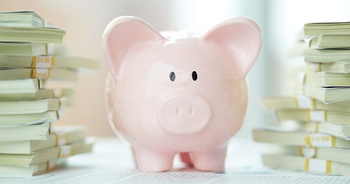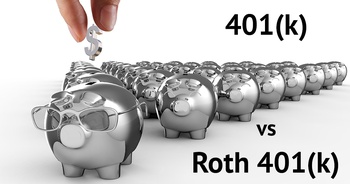Net Worth Blog Blog
Our latest posts on net worth. Helping households manage their finances with ease and confidence.
Wealth Meta
https://www.wealthmeta.com/
- January 8, 2024
- by Angela
Investing for Beginners
The secret to investing is to get started early and make it automatic. It doesn’t have to be much. Once you get in the habit it begins to snowball. But where can you invest money and how do you do it?

- January 8, 2024
- by Angela
Investing for Beginners
The secret to investing is to get started early and make it automatic. It doesn’t have to be much. Once you get in the habit it begins to snowball. But where can you invest money …

- November 30, 2023
- by Michael
Accredited Investor Requirements and Options
A special class of investments are only open to what are known as “accredited investors”. How does a person become an accredited investor and what can they invest in that ordinary people cannot? Do they …

- June 27, 2023
- by Angela
7 Mistakes Investors Make to Nope Out Of
7 common investing mistakes explained: comparing yourself to others, being emotional, timing the market, ignoring cashflow, not rolling over employer 401k, missing employer matches, not contributing!

- November 8, 2022
- by Angela
Investing - What Works and What Fails
One way to lose a bunch of money is to invest in just one thing, hoping to make a big profit in a short amount of time. The secret to investing is to spread it …

- October 9, 2022
- by Michael
US Treasuries for Individual Investors
US Treasuries can sometimes offer a better rate of return vs conventional CDs or money market funds. Here is how they work.

- September 20, 2022
- by Angela
Bonds vs CDs - Fixed Income Investing
When it comes to investing in Bonds or CDs there are a few things to consider. Both are fixed income investment vehicles with relatively low risk but there are important differences.

- August 28, 2022
- by Angela
Stocks vs Bonds: Similarities & Risks
I believe many don’t know the difference between stocks and bonds. What are stocks? What are bonds? What are the risks when investing in them? You will get answers to these and some other questions …

- August 10, 2022
- by Michael
What Are Life Path / Target Date Funds?
As you get closer to the target date, the holdings in the fund shift from risky volatile high return assets (like stocks) into low risk, stable, low return assets (like bonds).

- June 16, 2022
- by Michael
Index Investing vs Dividend Investing
In this post we’ll consider two types of investing strategies. Dividend investing and index investing. While they are both part of a long term investment strategy there are some important differences.

- March 30, 2022
- by Angela
401(k) vs. Roth 401(k): Which One Is Better?
In this article, I will talk about two retirement plans - 401(k) and 401(k) Rorth. At first glance they seem to be the same because they have 401(k) in their name, but in fact, there …

- February 28, 2022
- by Angela
6 Ways to Improve for Investing IQ
Do you know anything about investing? Do you know how stock and bonds are used for retirement planning? Do you know how to avoid excessive fees? Below I’ll outline some essential concepts to increase your …

- December 8, 2021
- by Michael
Is Investing in Index Funds a Good Idea?
While index funds are typically considered an ideal avenue for IRA / 401(k) portfolios, even investing guru Warren Buffet has stated that index funds are the best way for ordinary investors to grow their wealth.

- October 29, 2021
- by Michael
Why Cash Is Not as Safe as You Think
Cash has a strange dark side. It silently loses value year by year. While most people think cash is super safe, holding it long term is much riskier than people realize.
Loading...


